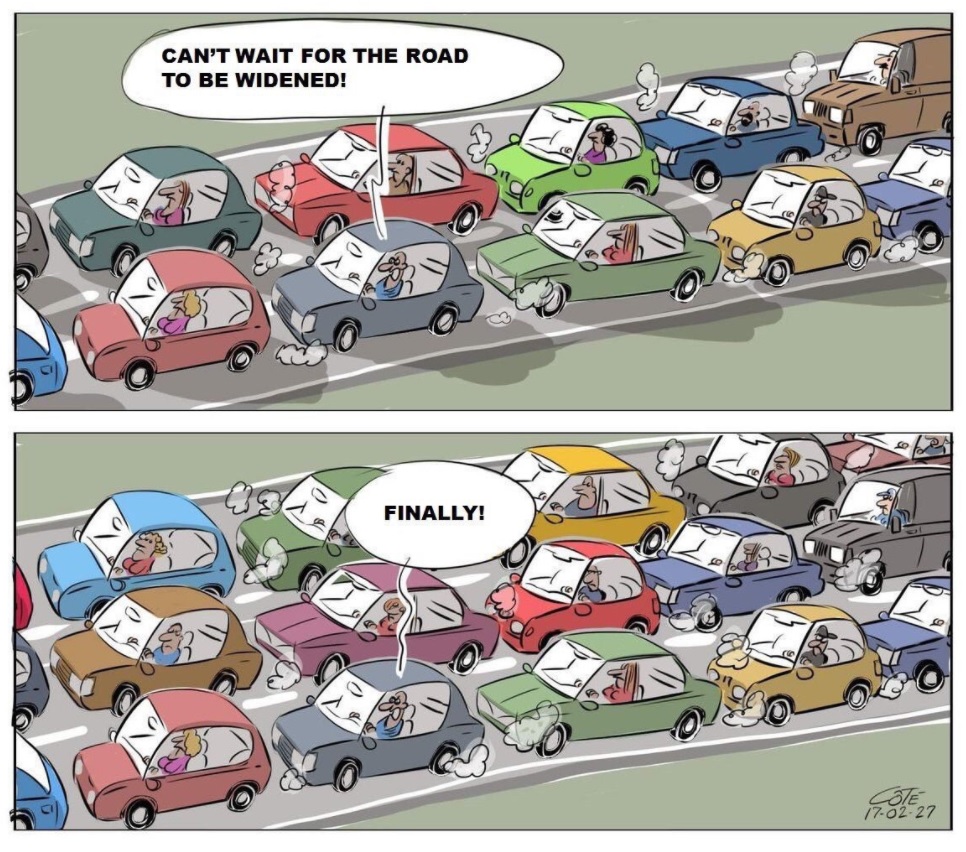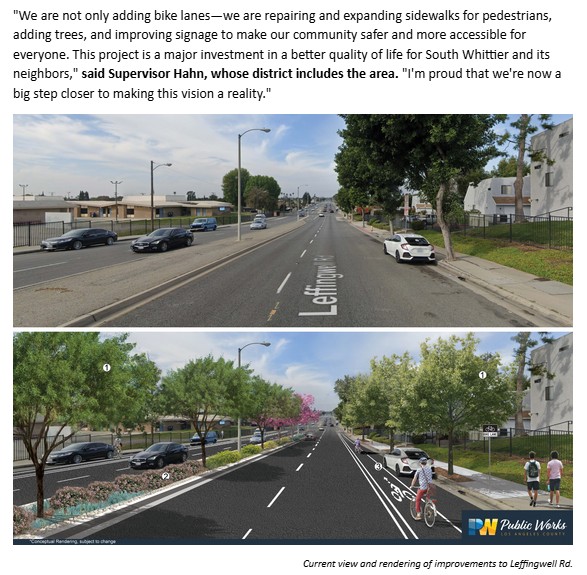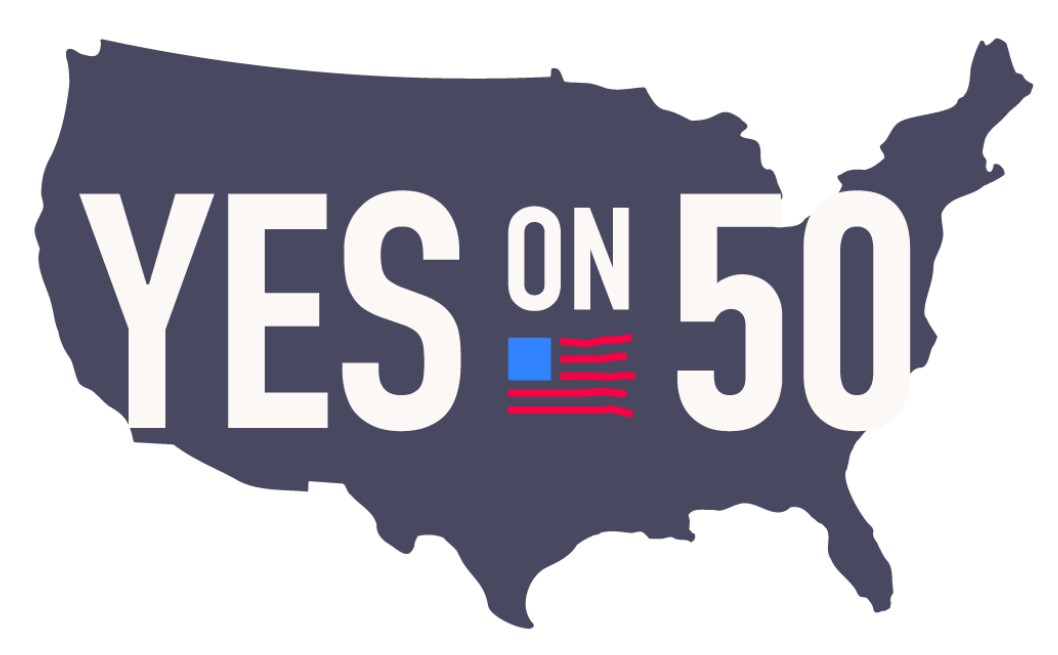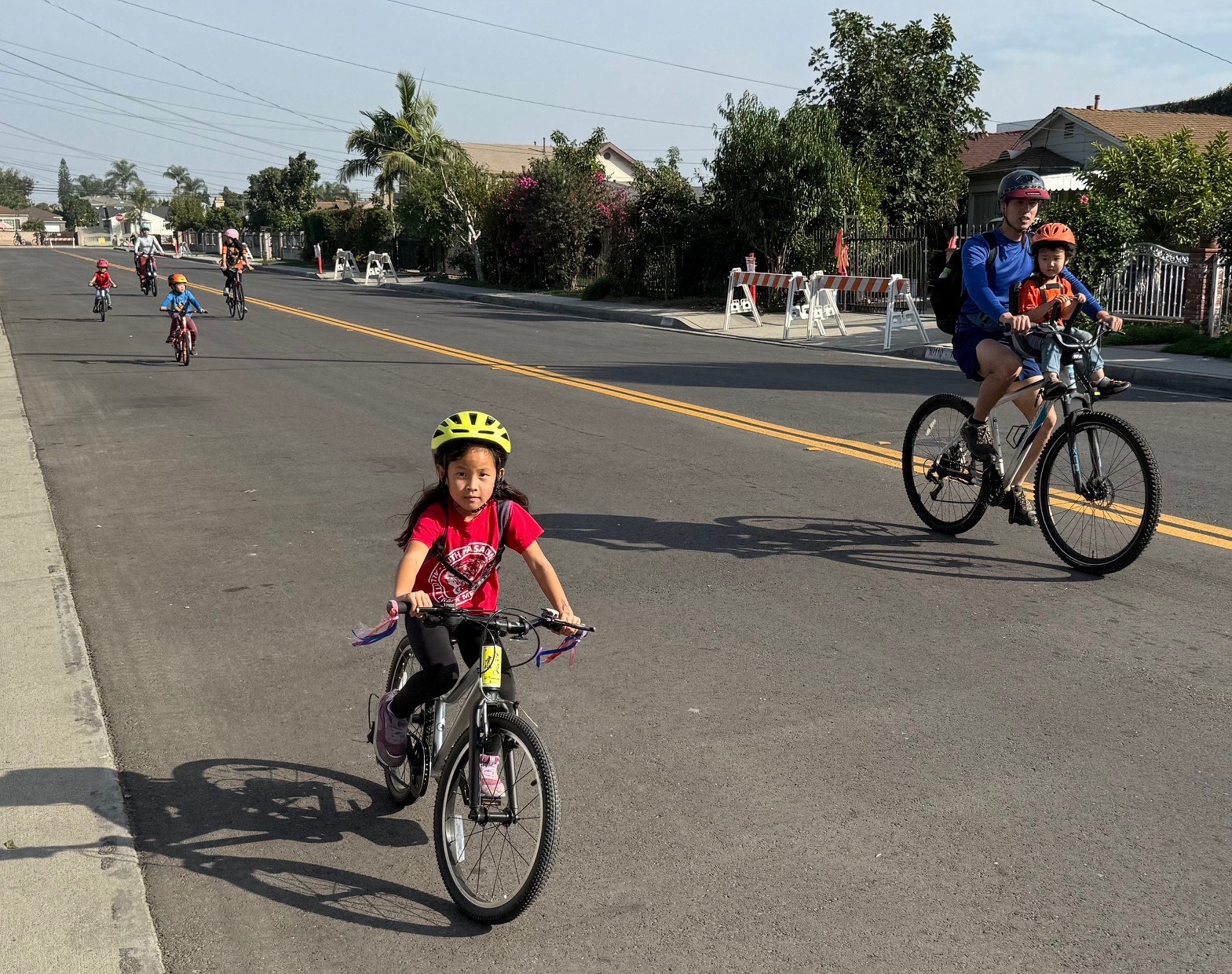Many news media outlets report weekend traffic congestion along I-15, the main highway serving car trips between Los Angeles and Las Vegas. The congestion sometimes reaches as far as twenty miles into Nevada.
So California has decided that the friendly solution is to widen the highway.
The highway is currently three lanes wide - except for one five-mile stretch from Primm, on the border, to a spot in the middle of nowhere, just east of the state agricultural inspection station and south of some solar farms. On just that segment, it is only two lanes wide, creating a bottleneck at the border on those days when too many drivers ares returning after a weekend of ... whatever it is people do in Las Vegas.
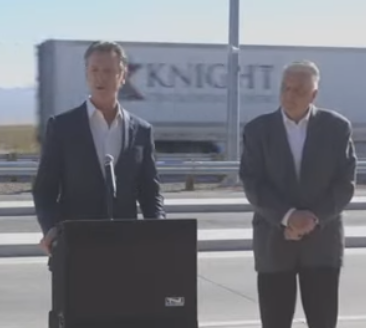
Newsom said that a new plan to use $12 million to pave the highway's shoulder is largely in response to a dialogue with Nevada Governor Steve Sisolak. The project will create an extra lane that can be used when traffic is backed up. That is, "primarily Sundays and Mondays," according to Caltrans, although in a press conference, Governor Newsom pointed out that the "logistics of how the temporary third lane would operate - what would be considered peak hours and how first responders would get to emergencies if the shoulder is being used as a travel lane - will be ironed out over the next several months."
Newsom calls it a "temporary" solution, but also said that a permanent solution would be sought with "federal dollars." Would that permanent solution mean adding a permanent lane? He didn't specify, but did note that there were a lot of "competing points of view" that would have to be listened to, listing among them "tribal" and "environmental" concerns.
[At least he's being honest about this. Environmental concerns, despite being articulated in state climate goals, have to compete with... people who want to drive.]
The "solution" is also a political one; Newsom made it clear that it's a fast-tracked response to direct appeals from Nevada elected officials. Promising relief from nightmare traffic congestion plays well. But will this project bring relief? That route has been heavily traveled for decades, and the response has always been to accommodate all that traffic.
But it is well known that adding lanes brings only temporary relief at best - with the other side of that well-known equation being that building more lanes induces more driving.
How does a project like this line up with California's climate and greenhouse gas reduction goals?
It doesn't.
This "fix" will not solve the larger issues resulting from California's persistent accommodation of single-occupancy vehicles.
So - what is the solution? It's always difficult to plan for congestion that happens once in a while, and you can't plan an entire system around occasional peaks. That would be like building a giant parking lot to accommodate enough shoppers on Black Friday every day of the year. Oh, wait.
The Brightline West high-speed train will one day be available to help take off some pressure by speeding rail riders through this corridor. But that project is years away - unless folks like Newsom and Sisolak were to really put their shoulders behind it. Of course they will, right?
There are other ways to get people to realize that their participation is the cause these backups, though.
For example, why not consider tolling to encourage more efficient travel choices? And what about encouraging carpooling and bus-taking? Why not help facilitate, encourage, and advertise transit riding to Las Vegas? At a minimum, shouldn't any new lane (especially any new permanent new lane) be a carpool lane? It's already commonly done, and this is, after all, a city where many tourists have little reason to drive once they arrive. A high-quality, frequent, easy-to-access, easy-to-find bus ride - on bus-and-carpool-only lanes along that jammed highway - could comfortably accommodate more people while cutting down the number of vehicles making that trip.
So why is California instead planning, sometime next year, to spend $12 million on more pavement that will only be used "temporarily" and for short periods of time?
California may be good at building highways, but it's a bad habit we need to break. Before barreling ahead with projects that satisfy some constituencies but don't align with state goals, it's a good idea to begin by asking some tough questions.
Here are some, to start:
- Will this project really solve congestion?
- Is a temporary five-mile part-time lane the best use for $12 million?
- Will the project help meet state climate goals - or undermine them?
- Will the project encourage people to keep on driving single-occupancy vehicles?
- What else might work?
